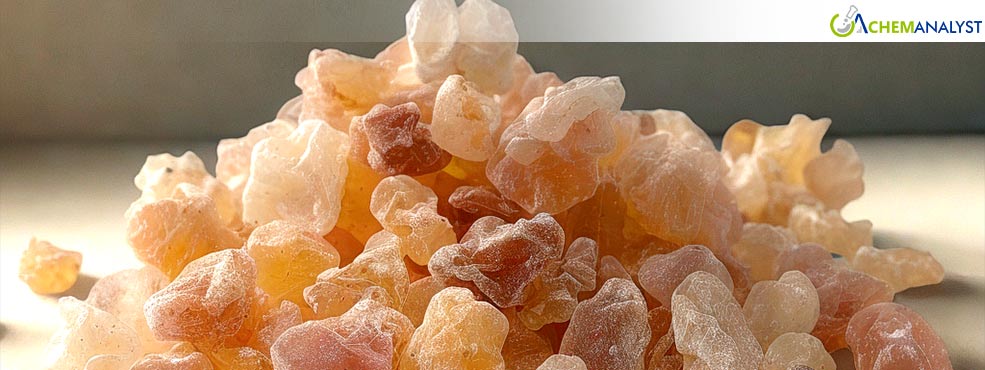Construction Slump Hits European Phenolic Resin Prices; Asia Eyes Q2 Recovery
- 21-Apr-2025 8:45 PM
- Journalist: Nightmare Abbey
Phenolic resin prices held steady in Asia and the U.S. in mid-April 2025, while Europe saw a drop due to weak demand and excess inventory. Although downstream activity in construction and coatings remained slow, improving sentiment in the automotive and Middle Eastern markets may offer support in Q2.
Phenolic resin prices held steady in China, supported by firm production rates and manageable inventories. Feedstock phenol and formaldehyde costs stayed weak, helping to stabilize input expenses. Despite weak demand from the construction sector, dragged down by an 11.1% year-on-year drop in Q1 real estate sales—resin consumption from automotive and electrical sectors showed modest improvement.
Foreign trade activity remained limited, with traders facing slow overseas orders and high domestic stock levels. However, sentiment began to shift slightly as restocking interest from the Middle East returned following the Ramadan period. Producers kept pricing stable, citing healthy margins and a gradual pickup in inquiries.
Buyers largely maintained cautious procurement, focusing on short-term purchases. While demand from construction-linked applications like laminates and adhesives stayed low, broader industrial consumption saw some resilience, particularly in resin applications tied to electronics and automotive parts.
Demand for phenolic resin in India remained moderate. A 34% drop in new residential launches across major cities in Q1 2025 curbed demand from the construction segment. Bengaluru showed some resilience, but overall sentiment stayed cautious. On the commercial side, high office space absorption helped support the phenolic resin demand in adhesives and composite board sectors.
South Korea’s phenolic resin demand was up and down. Weak construction spending, soft local use, and slow export growth weighed things down. U.S. tariff hikes added pressure too. But a 3% year-over-year rise in car sales gave resin demand a small boost.
In Europe, phenolic resin demand was low, especially for laminates, coatings, and adhesives, as construction stayed sluggish. The Eurozone construction sector, particularly housing and commercial projects, kept buying to a minimum.
Operating rates at phenolic resin plants remained low, while port congestion in Hamburg and low Rhine water levels continued to disrupt logistics. Despite the spring season, construction activity failed to rebound meaningfully, keeping the phenolic resin market sentiment subdued.
In the U.S., phenolic resin prices stayed stable, helped by steady input costs and controlled output. Construction was weak, with housing starts down 11.4% in March. But auto sales jumped 9.1% with pre-tariff buying, supporting resin use in brake pads, molded parts, and electrical components.
According to ChemAnalyst data, phenolic resin prices could see mild support in Q2 2025. Seasonal improvements in construction, sustained automotive demand, and stronger restocking from Middle Eastern buyers may offer moderate price gains across key Asian and global markets.



